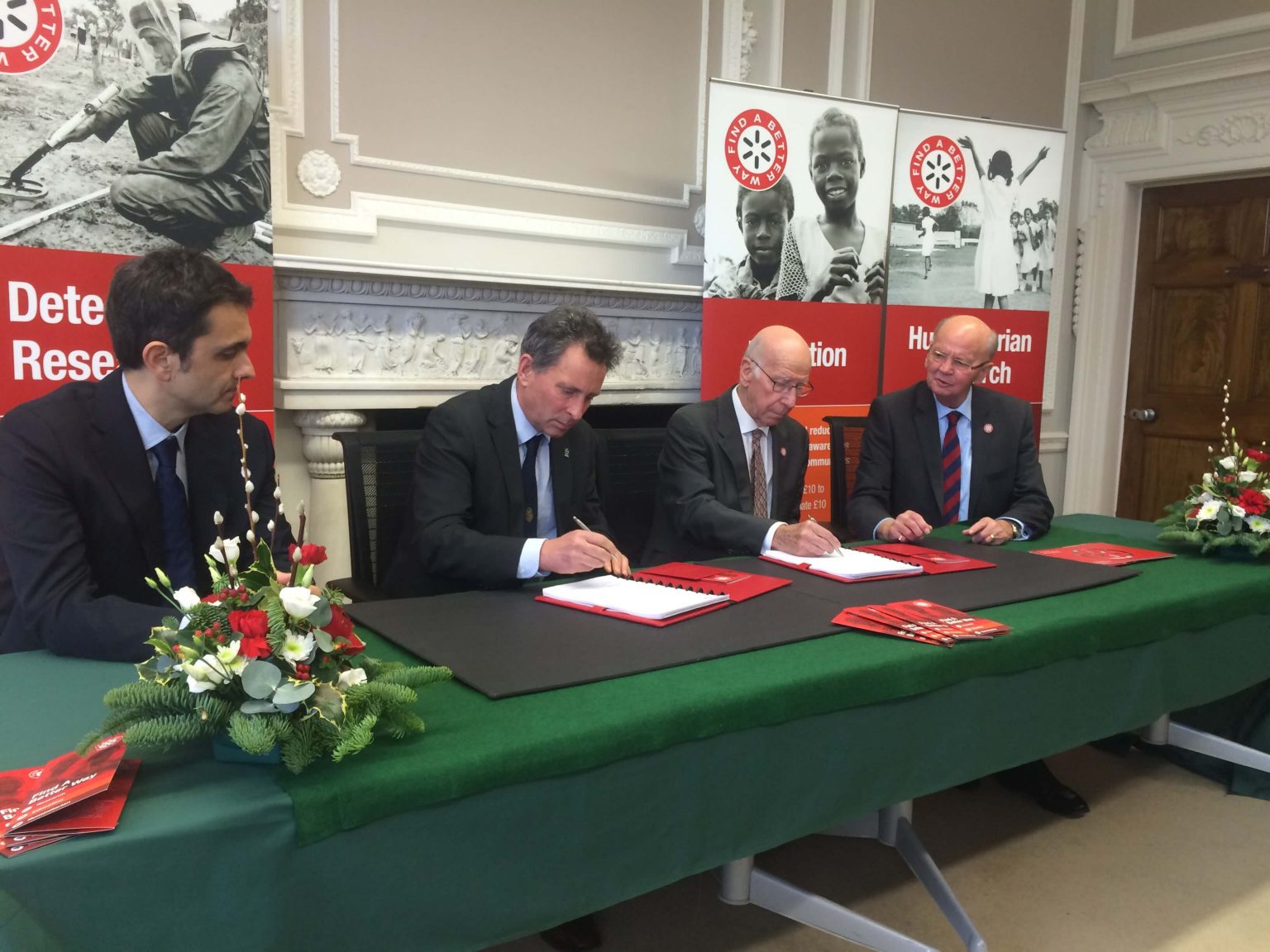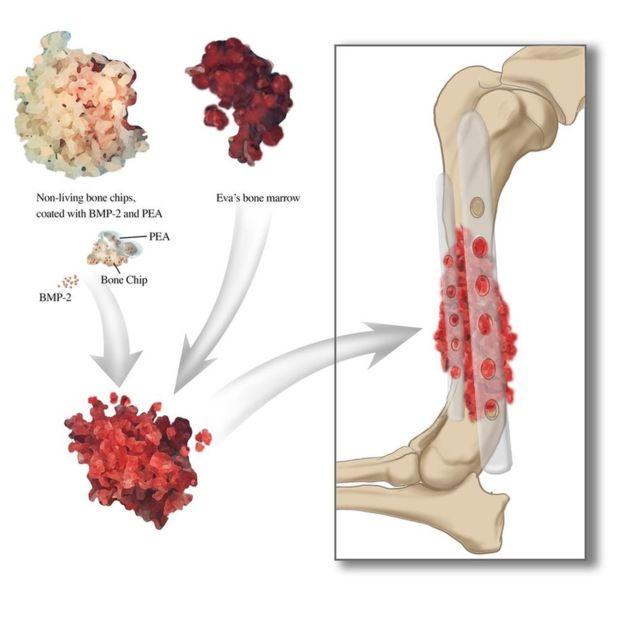Scientists at the University of Glasgow have successfully implemented an innovative new treatment for creating synthetic bones into a dog. The process is hoped to lead to human bone implants from a 3D printer.
The implantation was used to save the two-years old Munsterlander named Eva and the technology was funded by the Find a Better Way charity. Founded by Sir Bobby Charlton, Find a Better Way announced a £2.8m financial agreement with the University of Glasgow last year. The partnership was made with the aim of developing 3D printed limbs.

Giving the dog a bone
Eva’s front leg was broken during a car accident and since hasn’t been able to heal due to persistent infections requiring bone tissue to be removed. As a result, Eva was left with a 2 cm gap in her foreleg bone and was close to amputation. However, vet William Marshall discovered a possible treatment in the form of an untested technique developed at the University of Glasgow.
Using a protein known as BMP-2, the scientists were able to encourage bone growth but were not yet due to trial the method on humans for another few years.
William Marshall took the gamble and implanted a combination of BMP-2, a binding agent known as poly(ethyl acrylate) or PEA and bone chips and Eva’s bone marrow. As it was the first use of the technique, the results were unprecedented and seven weeks later Eva has made a full recovery.

Paving the way for synthetic 3D printed bones
Having demonstrated the potential with Eva’s implantation, the team at the University of Glasgow will use the procedure as a learning exercise for future 3D printed implantations.
The same BMP-2 process will be used in the future with 3D printed scaffolds and stem cells to treat landmine survivors in Cambodia. The technique works by using biomedical grade plastic which eventually dissolves to leave a newly-grown bone in its place. The 3D printing technology has potential not just for land mine victims but for promoting bone growth across the body. Sir Bobby Charlton describes the significance of the surprising development,
When I signed the funding agreement for this project just six months ago I was not expecting there to be any results from this technology for years. Eva is a beautiful dog and I’m delighted she will now have a normal life thanks to the work Find A Better Way has funded at the University of Glasgow. I’m even more thrilled to think about what promise this technique holds for landmine blast survivors, and the rest of humanity, in the future.
Californian company SI-BONE is similarly using 3D printing to promote bone growth with titanium implants. The company has just been granted FDA clearance.
For all the latest medical 3D printing news, subscribe to the most widely read newsletter in the 3D printing industry, follow us on twitter and like us on Facebook.
Featured image shows owner Fiona Kirkland with dog, Eva and surgeon William Marshall. Photo via University of Glasgow.



